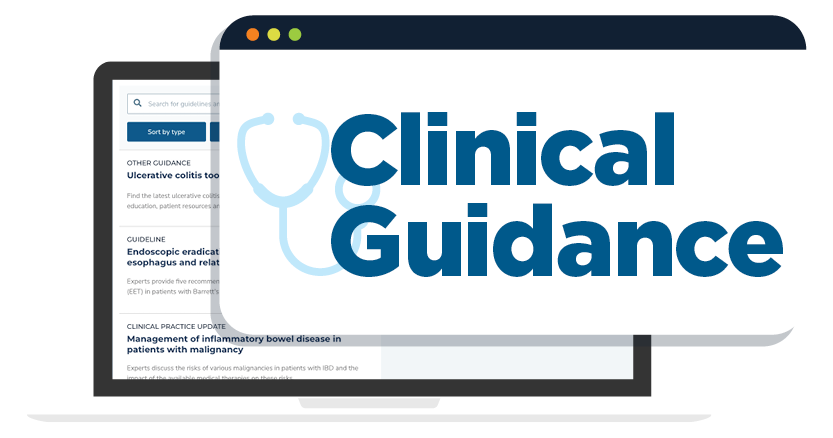1. Noninvasive tests (NITs) can be used for risk stratification in the diagnostic evaluation of patients with nonalcoholic fatty liver disease (NAFLD), which has been recently renamed to metabolic dysfunction-associated steatotic liver disease (MASLD).
2. A Fibrosis 4 Index score <1.3 is associated with strong negative predictive value for advanced hepatic fibrosis and may be useful for exclusion of advanced hepatic fibrosis in patients with NAFLD/MASLD.
3. A combination of 2 or more NITs combining serum biomarkers and/or imaging-based biomarkers is preferred for staging and risk stratification of patients with NAFLD/MASLD whose Fibrosis 4 Index score is >1.3.
4. Use of NITs in accordance with manufacturer’s specifications (eg, not in patients with ascites or pacemakers) can minimize risk of discordant results and adverse events.
5. NITs should be interpreted with context and consideration of pertinent clinical data (eg, physical examination, biochemical, radiographic, and endoscopic) to optimize positive predictive value in the identification of patients with advanced fibrosis.
6. Liver biopsy should be considered for patients with NIT results that are indeterminate or discordant; conflict with other clinical, laboratory, or radiologic findings; or when alternative etiologies for liver disease are suspected.
7. Serial longitudinal monitoring using NITs for assessment of disease progression or regression may inform clinical management (ie, response to lifestyle modification or therapeutic intervention).
8. Patients with NAFLD/MASLD and NITs results suggestive of advanced fibrosis (F3) or cirrhosis (F4) should be considered for surveillance of liver complications (eg, hepatocellular carcinoma screening and variceal screening per Baveno criteria). Patients with NAFLD/MASLD and NITs suggestive of advanced hepatic fibrosis (F3) or (F4), should be monitored with serial liver stiffness measurement; vibration controlled transient elastography; or magnetic resonance elastography, given its correlation with clinically significant portal hypertension and clinical decompensation.












